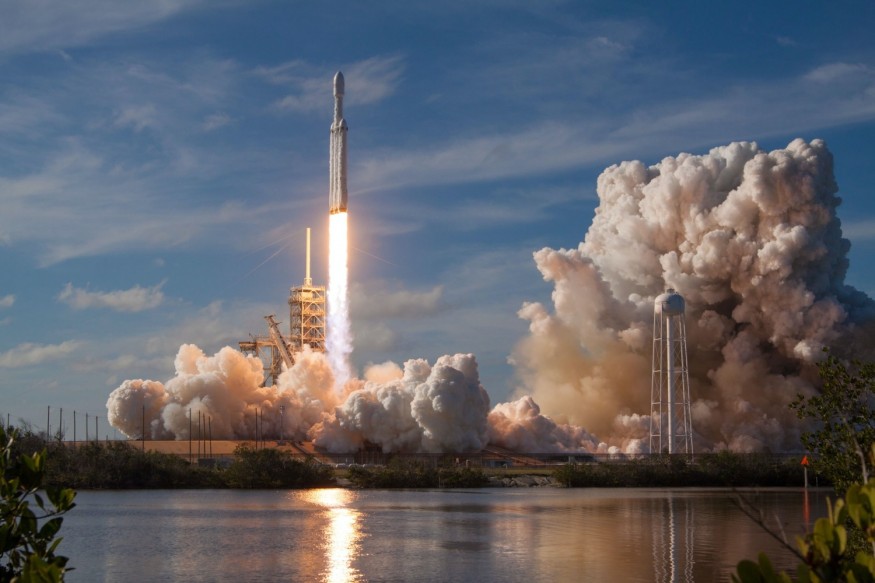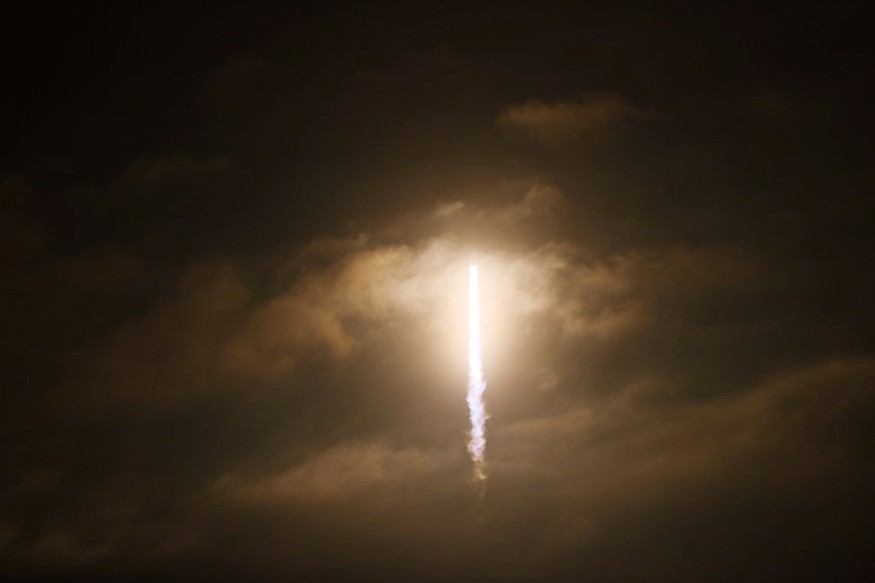As SpaceX's Starship juddered into the sky above south Texas last March, orange flames and white smoke plumbed behind it, everything looked normal. The spacecraft, however, thudded back to Earth around six minutes into the test mission.

SpaceX Flight Strategy
SpaceX, the firm created by Elon Musk in 2002, uses a "test, fly, fail, fix, repeat" strategy for its commercial space program. Musk chose a piece of land right off the Gulf of Mexico, near to the Texas-Mexico border, for the launch location because of this strategy. Musk reportedly remarked at a press conference in 2018: "We have much acreage with nobody around, so if it blows up, that's cool."
However, seeing the fireball burst on the launchpad made David Newstead, the charity Coastal Bend Bays and Estuaries, ill. State and federally protected areas around SpaceX's facility.
The explosion shattered sections of the Boca Chica tract of the Lower Rio Grande Valley national wildlife refuge's sensitive ecology, including tidal flats, beaches, grasslands, and coastal dunes home to a diverse diversity of animals.
"I knew the rocket would be spread all over the refuge," Newstead said, referring to the earlier explosions. He estimated that cleanup would take three months.
Environmental Consequences
The possible climatic consequences of the fuel used to drive the rockets to raise worry in the commercial space race. However, environmentalists on the ground in south Texas claim that SpaceX's testing facility is already having an impact.
Related Article : Why SpaceX is Sending Ants and Avocados to Space Stations Aboard Dragon
Protected Area
Since 1979, when the US Fish and Wildlife Service devised a strategy to conserve as much of the area nestled between the Gulf Coast and the mouth of the Rio Grande River as feasible, the federal agency has been buying or leasing tracts to create a patchwork of federally administered refuge property. Since 2007, the organization has been in charge of Boca Chica state park, a 1,000-acre (404-hectare) property.
Boca Chica is an integral part of the Laguna Madre hypersaline lagoon system, and it is home to several endangered species. Each spring, Kemp's Ridley sea turtles lay their eggs on the shores of Boca Chica Beach, while shorebirds like plovers forage on the tidal flats. The sanctuary is also home to endangered ocelots, wild cats that formerly roamed the southwest.
Jim Chapman, a local environmentalist with Save Rio Grande Valley, described it as "one of the most unique locations on Earth."
How Texan Politicians Perceive the SpaceX Program
Many politicians in Texas see SpaceX's arrival as a win for the state. Since 2011, when Musk first mentioned creating a private spaceport, they've been trying to woo him. In 2013, state legislators enacted a bill allowing SpaceX to shut Boca Chica beach for testing and launches.
They also allowed for limited road restrictions on Texas Highway 4, which is the only route leading to the SpaceX site and the Boca Chica part of the refuge.
Local environmentalists are growing concerned that SpaceX is gaining control of the road and the refuge property surrounding it, shutting roadways and beaches for longer than the 300 hours allowed by law.
US Fish and Wildlife requested that SpaceX's road closures and testing be suspended until "noncompliance concerns" were rectified in a letter to the FAA in 2019. According to 60 Minutes, the agency wrote to the FAA again in June about SpaceX reporting "unauthorized encroachments and trespass on the refuge," including parking on refuge grounds and digging a drainage trench.
Nesting in Boca Chica
Each spring, there used to be around a dozen nests dotting the tidal flats on the edge of Boca Chica, where the refuge abuts SpaceX's land, but just two pairs of white plovers were spotted nesting last year, he said. They only found one this year.
Newstead has also reduced the nonprofit's annual migrating bird count and several other activities, claiming they can't get to the refuge often enough to perform the survey correctly.
Future Plans

SpaceX intends to launch the world's largest rocket, the Super Heavy booster, and Starship from Texas. Representatives from SpaceX have stated that they are anxious to begin testing the new method, a procedure that many environmental activists think would result in more rocket shrapnel piercing refuge areas in the future. The FAA is now carrying out an ecological evaluation.
For more Space news, don't forget to follow Nature World News!
© 2025 NatureWorldNews.com All rights reserved. Do not reproduce without permission.





